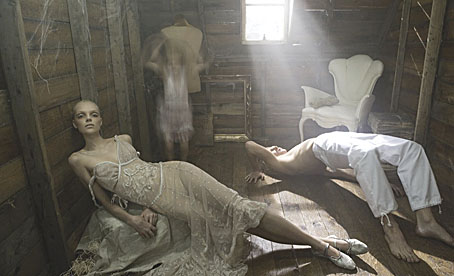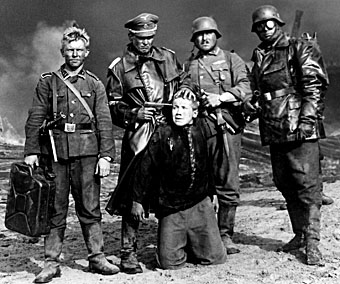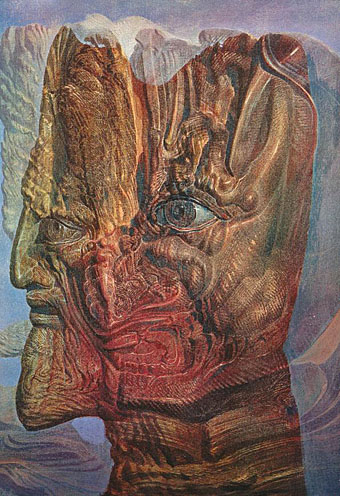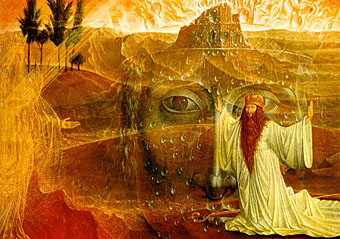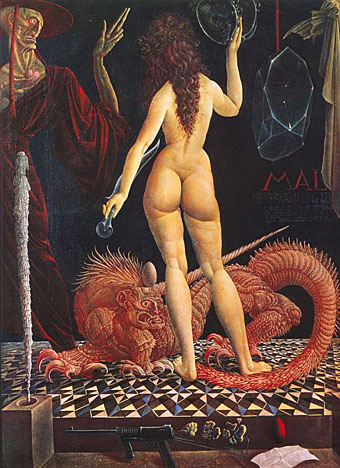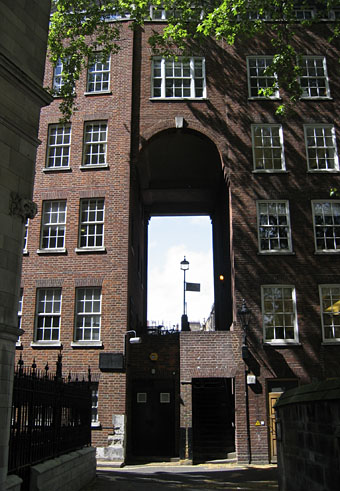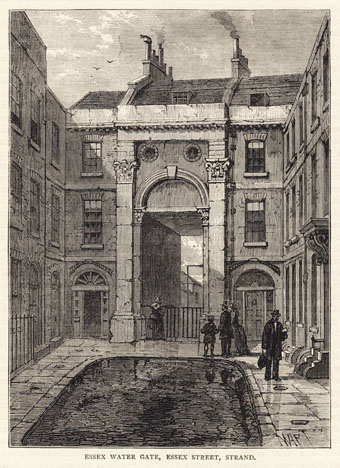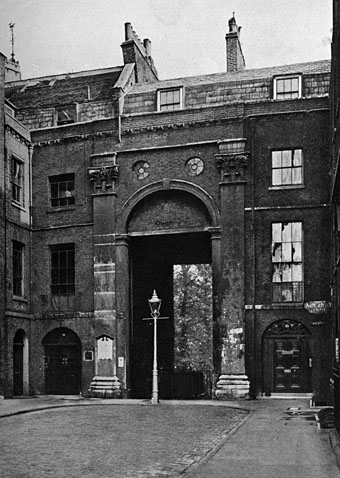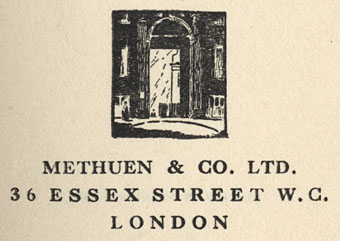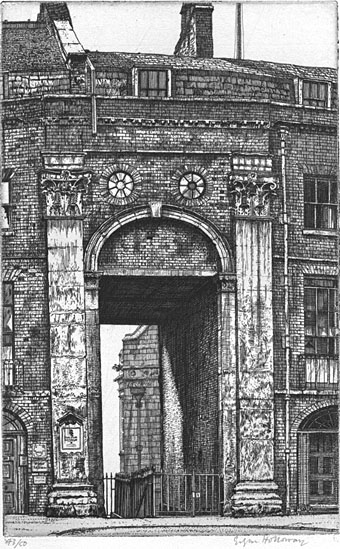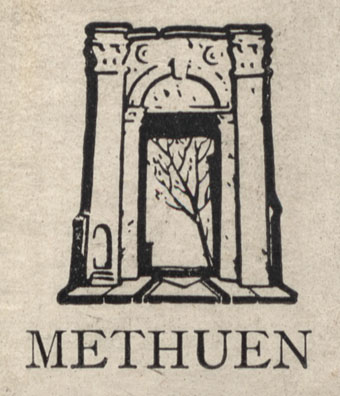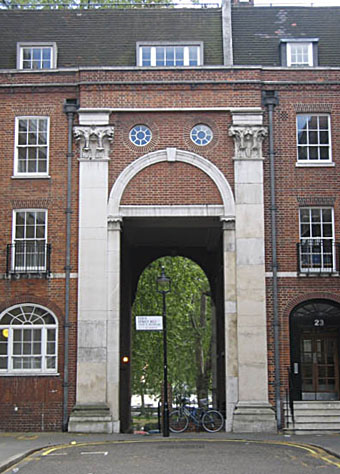From war to fashion photography. Oh well… If there isn’t room in the world for art and beauty then what are we living for? Gray Scott‘s photographs use subtle Photoshop processing to make his models appear like showroom dummies. He’s also good with colour adjustment and blurring as well, creating some very effective pastiches of photographic styles from earlier decades. Loretta Lux takes a similar approach with her portraits.
(Safari users should be warned that the menus on Gray Scott’s site don’t work properly; I had to use Firefox.)
